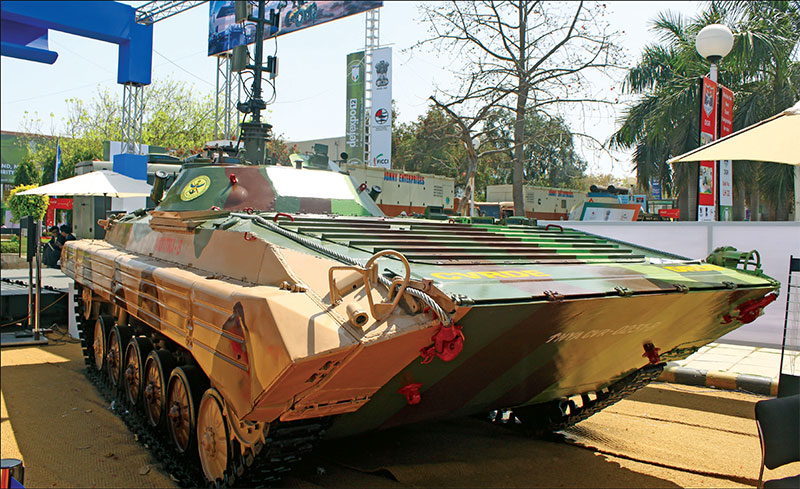A host of public and private players are developing AI-based and autonomous warfare systems
Yunus Dar
Autonomous military systems are increasingly becoming the order of the day for armed forces around the world. Having been around for many decades, the Unmanned Ground Vehicles (UGVs) have been used as early as World War I, and they are going to be crucial for future battlefields.

Autonomous vehicles can undertake numerous combat roles, including combat support in battlefields, disarming explosives, fire support, search and rescue, reconnaissance, logistics support, etc. These systems offer unparalleled advantages on the battlefield compared to a human solider, and therefore, the research and development in autonomous vehicles has been tremendous in recent years. We are now in an era where the possibility of wars being fought through fully autonomous systems is becoming a reality. The role of human soldiers with such developments, many fear, may become obsolete. And with advances in Artificial Intelligence, the unmanned vehicles may leave little room for human intervention to carry out missions in the future.
Given that India is confronted with multiple counter-insurgency theatres, urban – as well as jungle – warfare situations for varied tasks, the use of UGVs assumes significance. They assist in surveillance and reconnaissance operations and safe handling and disposal of improvised explosive devices (IEDs), besides being involved in combat roles. The Defence Research and Development Organisation (DRDO) has been at the forefront of UGV development in India. Its arm, Combat Vehicles Research and Development Establishment (VRDE), has over the years developed many such vehicles for the armed forces.
Among other unmanned platforms, CVRDE under its Mundra project has developed three versions of the unmanned tank – surveillance, mine detection and reconnaissance in areas with bio and nuclear threats, labelled as Muntra-S, Muntra-M and Muntra-N, respectively. Muntra-S is a tracked amphibious BMP II ICV designed and developed for unmanned surveillance of ground and sea targets. The vehicle provides an all-weather, day and night deployable vehicle equipped with BFSR-SR radar, Integrated multi-function sight (CCD/TI/LRF), thermal imager and laser range finder. The vehicle can detect targets ranging from crawling men to group of vehicles, small boats to large ships which can classify the target automatically. It has special feature like slaving of sight to radar for visual confirmation of radar targets.
Muntra-M is an all-weather, day and night capable tracked amphibious BMP II LCV designed for Unmanned mine detection and marking missions. The vehicle boasts of a Ground Penetrating Radar (GPR) and Vapour Detection System (VDS) which can detect mines at a standoff distance. The field trials of this vehicle were completed during 2015-16.
Muntra-N is a tracked amphibious BMP II ICV designed and developed for Unmanned NBC reconnaissance missions, capable of autonomous navigation, deployable in all weather, day and night. It is capable of detecting nuclear radiations like Gamma/X-rays, chemical warfare agents like H&G agents, biological agents like virus, bacteria, spores and biological toxins, industrial chemicals with weather measurements, remotely fired steel pickets. Muntra-N is also capable of collecting solid, semi-solid and air samples. Muntra, the first unmanned tank developed by the DRDO was rolled out in June 2017.
You must be logged in to view this content.

